ECG Blog #371 — Palpitations Since Childhood.
Ken Grauer, MD
MARCH 29, 2023
The ECG in Figure-1 is from a man in his 30s — who overall has been healthy, except for a history of "intermittent palpitations" that he has had since childhood. He was hemodynamically stable with ECG #1. Figure-1: The initial ECG in today's case. To improve visualization — I've digitized the original ECG using PMcardio ).


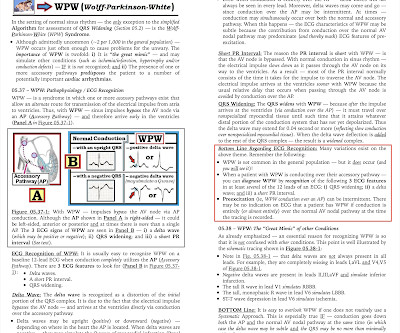

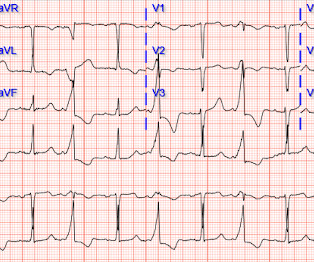
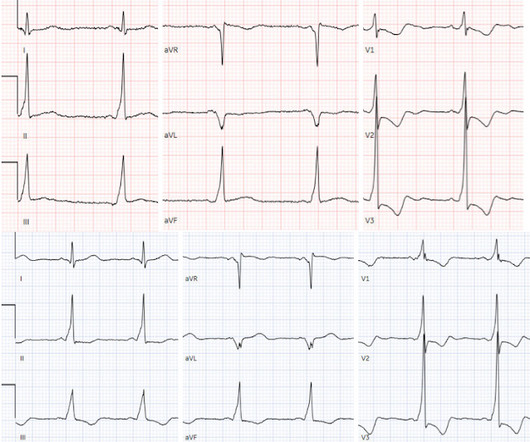
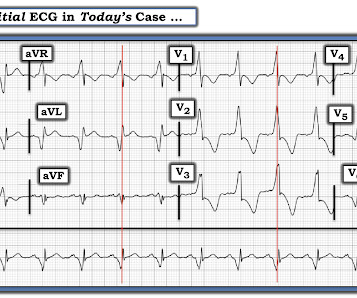
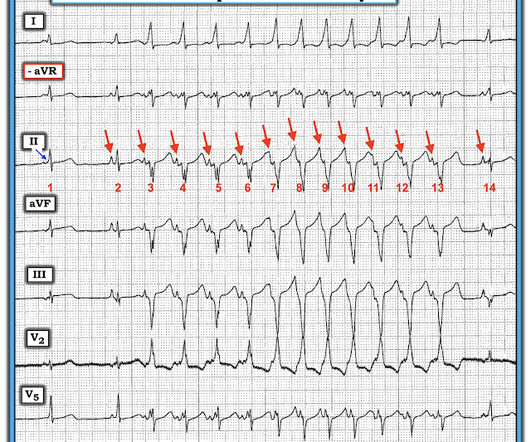
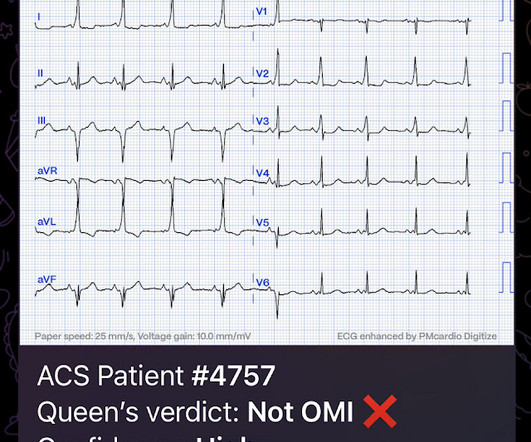
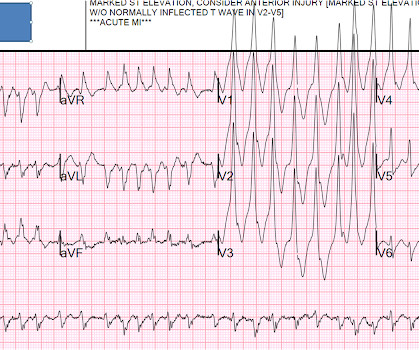
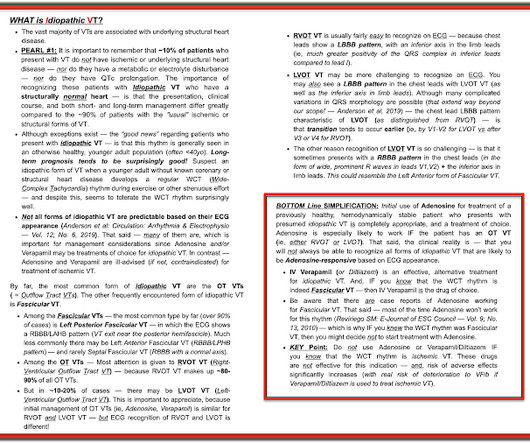






Let's personalize your content